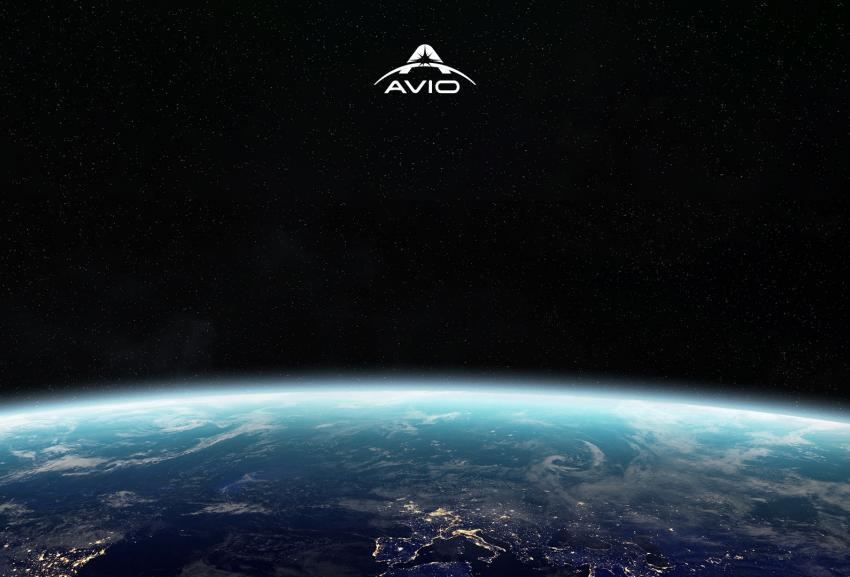Media and Stories |
Press release
Inaugurated the SPTF, new pole of technological excellence intended for space activities and financed by Avio in collaboration with MiSE and the Sardinia Region

Perdasdefogu (NU), 5 October 2021 - This morning the new SPTF (Space Propulsion Test Facility) was inaugurated in Perdasdefogu, a center of technological excellence unique in Europe that enables the development of new technologies essential for the space transport chain in the coming decades, making Sardinia a key player in the Italian aerospace sector.
The Avio CEO Giulio Ranzo, the Italian Air Force Lieutenant General Davide Marzinotto, the President of the Sardinian Regional Council Michele Pais and Army Brigadier General Francesco Olla, Commander of the Sardinia Army Military Command took part in the presentation of the project that took place at the Joint Experimental Training Polygon of Salto di Quirra (PISQ). .
Also present were many military and civil authorities and key players in the aerospace world including the President of the Italian Space Agency Giorgio Saccoccia, the Head of Space Transport Flight Programs Esa Stefano Bianchi, the President of the Sardinia Aerospace District Giacomo Cao and Luca Andreoli, General Manager of Defense Services, the in-house company of the Ministry of Defense through which Avio entered into the contract for the assignment of the 68,000 square meter area owned by the PISQ and today the headquarters of the SPTF.
With the traditional ribbon cutting, the new industrial plant was officially inaugurated and, in particular, the LRE (Liquid Rocket Engine) test bench intended for the execution of tests for the development and qualification of new generation space engines, a low environmental impact (so-called green) based on cryogenic liquid oxygen (LOx) and liquid methane (LNG) propellants.
“Liquid methane propulsion is the new frontier of performance and environmental compatibility and the heart of the development of the Vega E, an enhanced version of the Vega C which will fly for the first time in 2022. Right here at the SPTF inaugurated today, by the end of the year we will test the new third cryogenic liquid oxygen-methane upper stage (M10) thanks to which the Vega E will not only be more flexible, convenient and performing but also greener. For the development of this new launcher, we recently signed a contract worth 118.8 million euros with ESA: the strategic importance of the SPTF for the VEGA E, gives Sardinia a pivotal role in the world of aerospace at an international level. " - commented Giulio Ranzo, CEO of Avio.
For Giorgio Saccoccia, President of ASI: "The Italian Space Agency has supported through the LYRA program since the early 2000s during the development of the Vega launcher, in its strategic vision, liquid oxygen-methane propulsion, as a new enabling technology for future of propulsion and space transport. Today, LOX-methane propulsion is a reality in the development of the Vega E launcher, through the M10 engine. The Space Propulsion Test Facility (SPTF) therefore represents a fundamental element for the development of national technologies and capabilities in the sector, placing Italy among the few countries to have an integrated system of skills, capabilities and research and development infrastructures in the European panorama."
With the inauguration of the LRE test bench, the first phase of the SPTF project ends, which will now continue with a plant for the production of carbon-carbon components. In parallel and as an integral part of the SPTF Project, the engineering activities will take place at the AVIO headquarters in Sardinia, in Villaputzu.
Precisely in Villaputzu in the afternoon, Avio together with the Sardinian Aerospace District (DASS) and the National Aerospace Technology Cluster (CTNA) organized the conference "Space propulsion: future scenarios for access to space" to take stock with experts from the Italian Aerospace Research Center (CIRA), of ASI and of the La Sapienza and Politecnico Universities of Milan on the state of research and on the creation of skills and infrastructures necessary to enable future scenarios for access to Space.